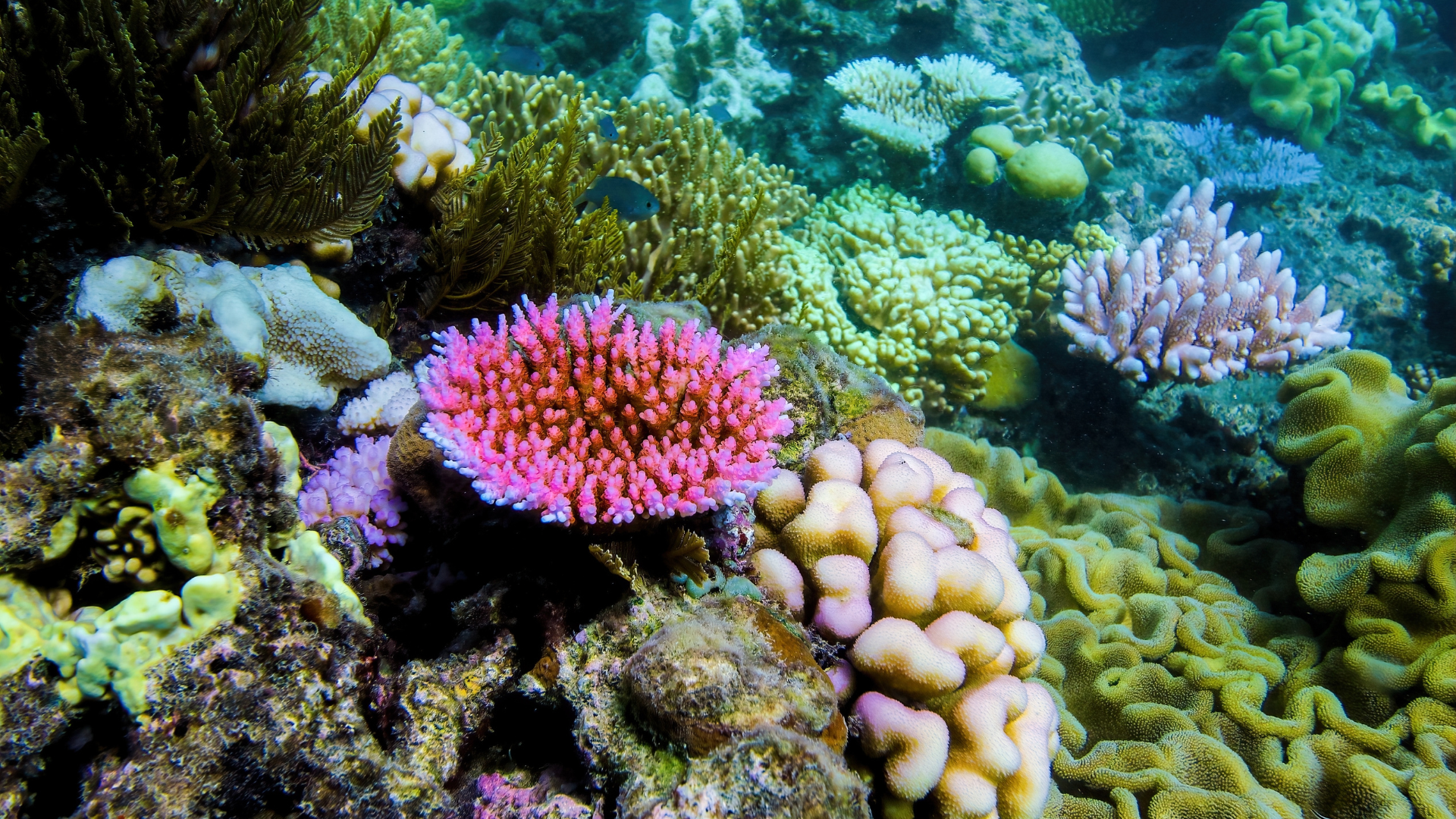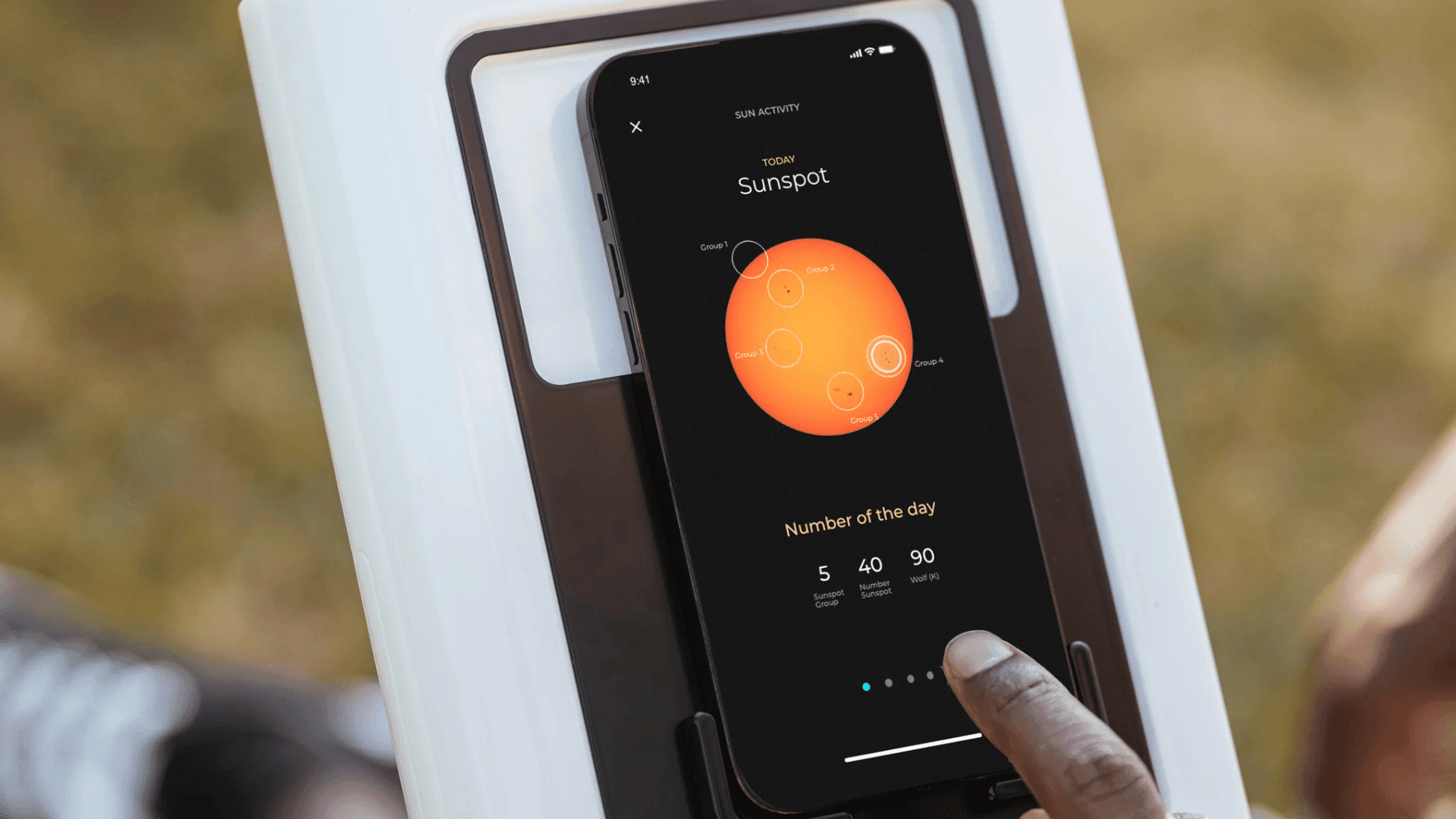Moon and Mars missions may someday involve exploring underground lava caves, which may hide signs of life or could be used for shelter by human settlers. Scientists are testing new exploration techniques using autonomous robots to see whether they can safely explore the caves.
Testing Autonomous Space Exploration

Lava tubes are formed by flowing lava that solidifies on the surface while molten rock flows beneath. Once the flow stops, a hollow tunnel forms.
Researchers have speculated that these tunnels could protect astronauts from harsh conditions, such as radiation, extreme temperatures, or meteor strikes. Exploring these caves using robots instead of humans will be safer and more cost-effective.
“A heterogeneous cooperative robot team is a promising approach to address the access and exploration of extraterrestrial lava caves,” wrote the researchers in Science Robotics.
The autonomous robots were tested inside a lava cave on Lanzarote, a volcanic island in Spain’s Canary Islands. The location closely resembles the underground structures on Mars and the moon, making it the perfect area to trial the bots.
The tests lasted 21 days and consisted of three robots: SherpaTT, Coyote III, and the Lunar Volatile Mobile Instrumentation (LUVMI-X). The experiment began with the three rovers scanning and mapping the land around the cave’s entrance. Then, one rover deployed a sensor-packed cube into the opening to create a 3D model of the entrance area.
The smaller rover then attached itself to the larger rover and rappelled down the cave wall. The robot then moved deeper into the tunnel, traveling 235 meters while generating a 3D map of the route.
The study revealed some challenges for future robotic probes to overcome. For example, moisture in the cave reduced the accuracy of the radar, and some of the mapping sensors experienced interference.
This experiment showed both that robots are capable of coordinated missions in complex environments and that 3D mapping can be achieved in dark, enclosed environments. In the future, these types of missions could allow humans to safely identify the most ideal locations for long-term stays.







